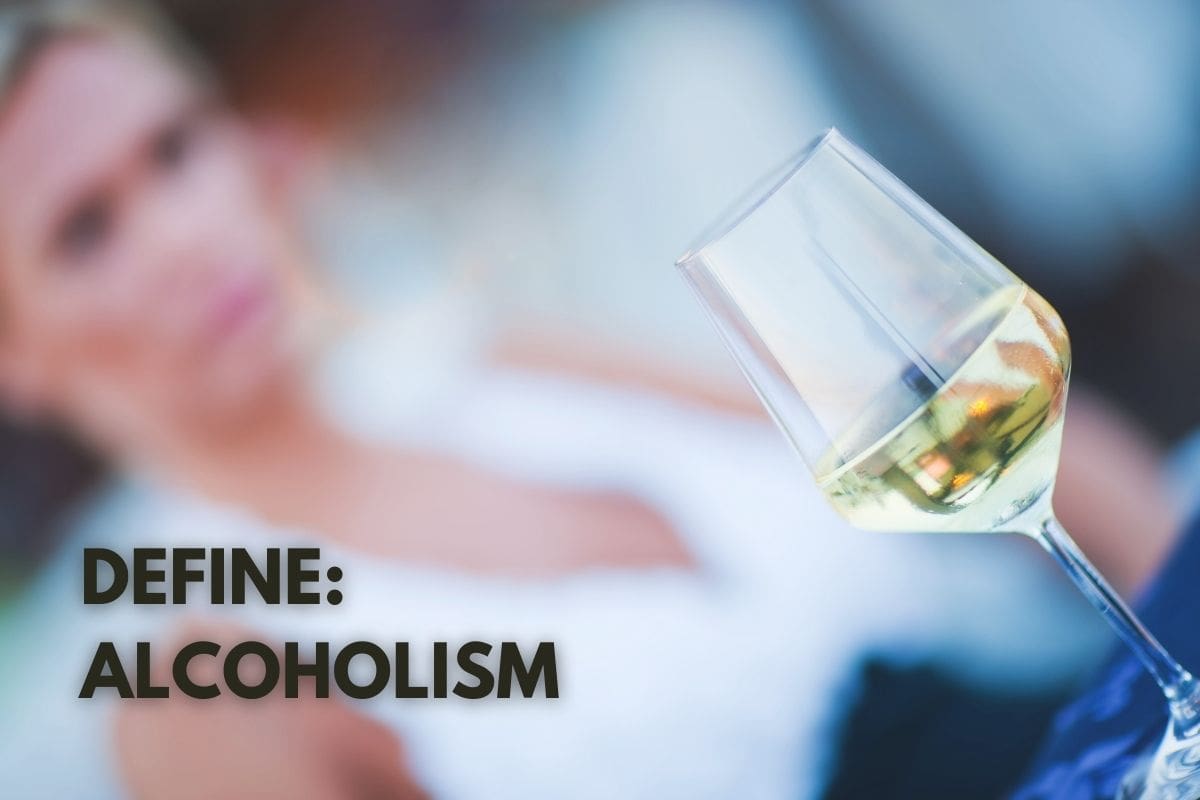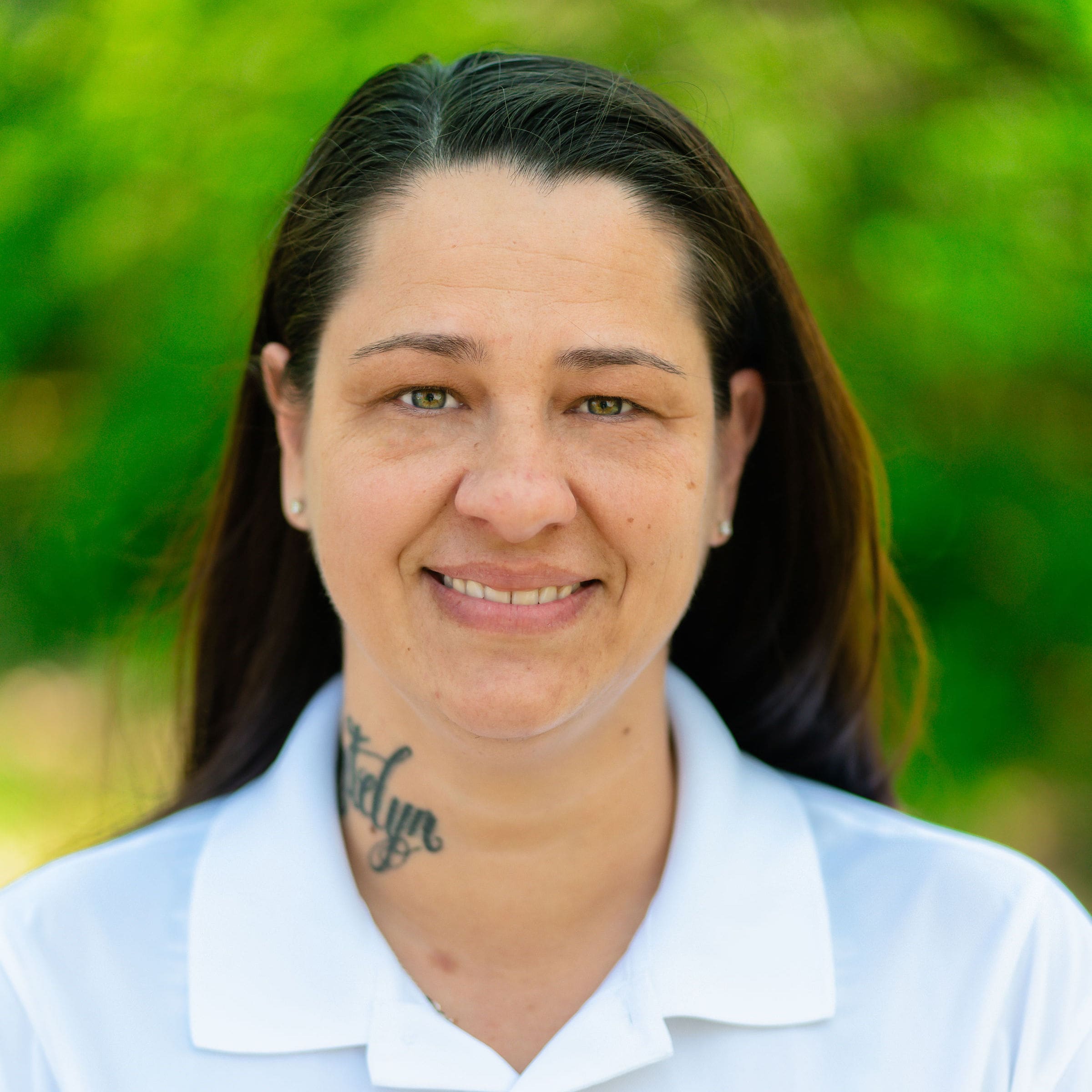We hear the term alcoholism being thrown around all the time. However, what some people call alcoholism isn’t necessarily what being an alcoholic means. Known as alcohol use disorder (AUD), it describes a chronic disorder in which a person’s capacity to cease or moderate their drinking is hindered, despite harmful consequences.
Social Drinking vs. Problem Drinking
Social drinking can take numerous forms, from small gatherings like birthday parties or after-work drinks to large-scale events like Oktoberfest or a New Year’s Eve bash. The amount of alcohol consumed does not define a social drinker. Instead, social drinkers are those who only drink alcohol during social gatherings.
On the other hand, a problem drinker cannot control their drinking habits. In this case, they’re more likely to engage in binge drinking or heavy drinking. Problem drinkers might start to drink for any reason, such as being bored, celebrating a milestone, a social gathering, or because they had a long day at work. These people tend to use alcohol as a coping mechanism for other problems.
Problem drinking can occur regularly or irregularly, but it almost always leads to bad experiences or issues in a person’s life. Having more than two drinks per day for men or one drink for women is typical among problem drinkers. And even though you are not an alcoholic, your problem drinking can still cause withdrawal symptoms and health consequences.
Clinical Definition of an Alcoholic
When you have AUD (medical definition of alcoholism), you become preoccupied with alcohol and have problems controlling your drinking. You also continue to use alcohol even when it causes more problems or experience withdrawal symptoms when you rapidly reduce or stop drinking. Not only does AUD affect you, but it also indirectly affects other individuals, such as family members, colleagues, friends, and even strangers.
According to the Statistical Manual of Mental Disorders, Fifth Edition (DSM-5), to determine whether a person is an alcoholic, they have to assess the severity of their drinking. Severity is measured on the number of criteria a person meets based on their symptoms – mild (2-3 symptoms), moderate (4-5 symptoms), or severe (6+ symptoms):
- You often end up drinking more or longer than intended
- Tried more than once to cut down or stop drinking but where unsuccessful
- Spend a lot of time drinking or recovering from the effects of drinking
- Often crave drinking so much you couldn’t think of anything else
- Found that drinking or recovering from drinking interfered with taking care of your family, or caused work problems or school problems
- Continue to drink despite causing problems with friends and family
- You gave up activities because of drinking
- Got in situations while or after drinking that increased your risk of getting hurt
- Continued to drink even though it was making you feel anxious, depressed, or caused health problems
- You realized you had to drink more to achieve the same effects as before
- Experience withdrawal symptoms such as insomnia, nausea, and sweating whenever you stop drinking
How to Treat Alcoholism
Fortunately, alcohol use disorders can be treated with professional help. If you believe you have moderate to severe alcohol use disorder, reach out to learn more about alcohol addiction treatment.
1. Attend Support Groups
Getting together with other alcoholics in a group setting can help you stay sober. In most localities, group meetings are affordable, and in some cases, they are free. They are held at convenient times and locations, including an expanding presence online.
Group meetings can be especially beneficial to people at risk of relapsing. When combined with drugs and behavioral therapies provided by health experts, they can provide valuable extra support.
2. Behavioral Therapies
Counseling, often known as talk therapy, is conducted by a healthcare expert. The psychologist or mental health counselor can educate you on how to improve your behavior. The most widely employed strategies include motivational, cognitive-behavioral therapy, contingency management, and motivational interviewing.
3. Medications
Acamprosate and Naltrexone have been licensed by the US Food and Drug Administration to treat alcoholism. In some people, gabapentin and topiramate can help with cravings. These drugs help reduce alcohol cravings and ease withdrawal symptoms. When used in conjunction with behavioral therapies and peer support, they can effectively treat AUD.
When to Seek Treatment
Early intervention with a specialist can help you avoid relapsing into drinking. Consult with your doctor if you think your drinking is causing problems, you are taking too much alcohol on occasions, or if your family is worried about your drinking. Talking to a mental health professional about your drinking habits can help you start your recovery journey.
Sources:
https://www.who.int/news-room/fact-sheets/detail/alcohol
https://www.niaaa.nih.gov/publications/brochures-and-fact-sheets/understanding-alcohol-use-disorder

































